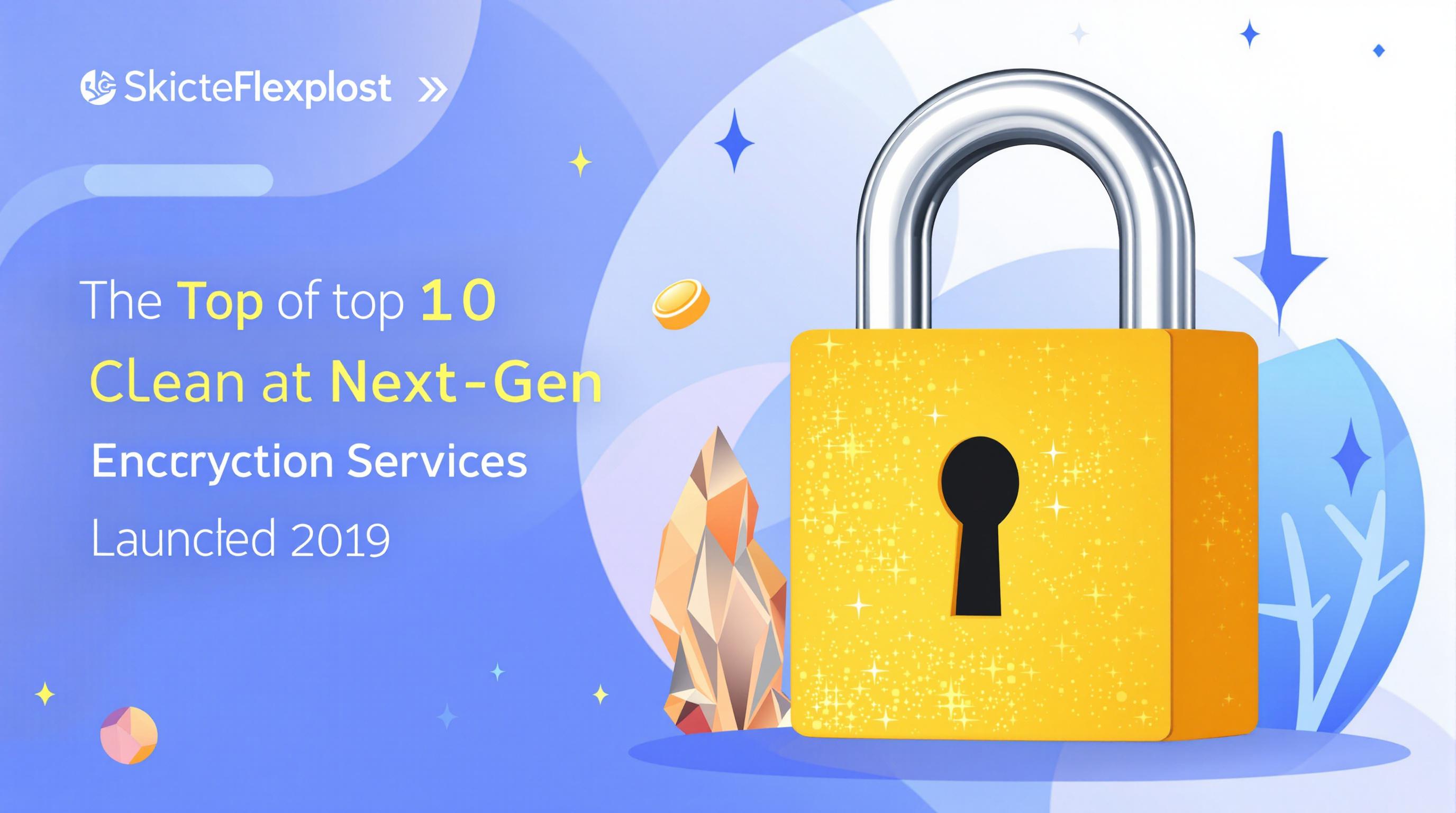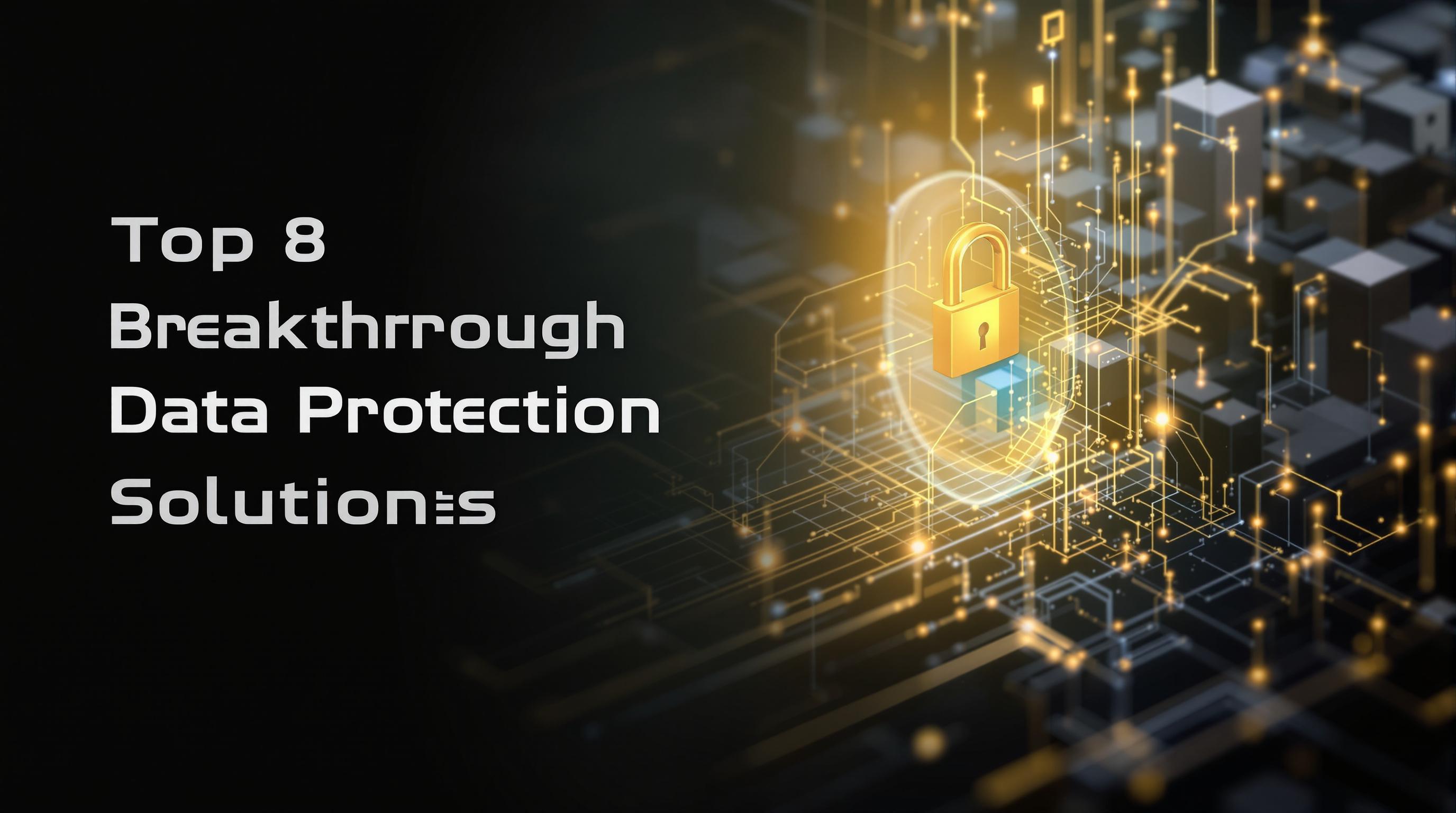Related Articles
- 7 Game-Changing Encrypted Messaging Apps Released Since 2019 That Redefine User Control
- Exploring Quantum Entanglement as a Future Layer of Protection for Connected Devices in Decentralized Networks
- Top 7 Privacy-Focused Cloud Backup Services Released Since 2019 That Redefine Data Control
- Exploring Psychological Barriers That Prevent Wider Adaptation of Dual Verification in Everyday Tech Use
- Top 6 Privacy-Focused Browsers from the Last Five Years That Outpace Giants in Speed and Security
- 6 Lesser-Known Identity Protection Gadgets From the Last Five Years That Actually Outperform Popular Brands
9 Unconventional Cloud Privacy Tactics From Hidden Corners of the Web That Boost Data Security Beyond Firewalls
9 Unconventional Cloud Privacy Tactics From Hidden Corners of the Web That Boost Data Security Beyond Firewalls
9 Unconventional Cloud Privacy Tactics From Hidden Corners of the Web That Boost Data Security Beyond Firewalls
1. Decentralized Storage Networks
Traditional cloud storage relies heavily on centralized data centers, making them prime targets for cyberattacks. Decentralized storage networks distribute data across numerous nodes globally, reducing the risk of a single point of failure. Users’ data is chopped into encrypted fragments and scattered, so even if one node is compromised, the attacker gains no access to complete data.
Platforms like Storj and Sia exemplify this model, allowing users to rent storage space on a peer-to-peer basis. This structure inherently boosts privacy by removing trust from any central authority and mathematically ensuring data integrity.
Such networks foster resilience and privacy through redundancy and encryption, going beyond what traditional firewalls can provide by obfuscating where and how data is stored (Storj Labs Documentation, 2023).
2. Homomorphic Encryption for Cloud Data Processing
Homomorphic encryption allows computations on encrypted data without decrypting it first, a breakthrough that enables privacy-preserving cloud data processing. This means cloud providers can perform operations without ever seeing the actual data, reducing exposure risks.
This technique was once thought to be too resource-intensive for practical use, but recent advances have made it increasingly feasible. Homomorphic encryption is gaining traction particularly in healthcare and finance, where sensitive data must be processed securely.
By pushing encrypted data through computational tasks and returning encrypted results, homomorphic encryption dramatically narrows the attack surface beyond traditional firewall protections (Microsoft Research, 2022).
3. Steganographic Data Embedding
Steganography traditionally hides information within images or audio files to conceal communication. In the cloud privacy realm, steganographic techniques are adapted to embed sensitive data within seemingly innocuous files stored online.
This tactic adds a stealthy layer of security since the data does not appear as traditional files and is not easily detectable by automated scanning tools or attackers inspecting cloud content.
Though niche, steganography in cloud environments complicates unauthorized data discovery and extraction, moving beyond firewall defenses that mainly monitor for known threats or suspicious file types (Anderson, R. - Security Engineering, 2020).
4. Zero-Knowledge Proof Based Access Controls
Zero-knowledge proofs enable a user to verify their identity or credentials without revealing the actual information. When applied to cloud access control, it allows secure authentication without sharing passwords or keys directly with the cloud provider.
This drastically reduces risk if the cloud infrastructure is breached, as attackers cannot easily obtain usable credentials to access user data. Furthermore, zero-knowledge access models provide firms with compliance and audit advantages.
By confirming legitimacy while withholding secrets, zero-knowledge proof systems eliminate many traditional access vulnerabilities safeguarded against only by firewalls (Zcash Foundation Technical Papers, 2021).
5. Air-Gapped Cloud Backups
An air gap refers to a physical or logical separation of systems to prevent network connectivity. For cloud privacy, some organizations create air-gapped backups by storing encrypted cloud data on isolated networks or offline systems.
These backups ensure that even if the cloud environment is compromised, critical data remains insulated and immune from remote attacks or malware propagation.
This unconventional approach pairs cloud scalability with physical security, reinforcing data resiliency beyond what firewalls can commonly achieve (NSA Cybersecurity Guidelines, 2023).
6. Distributed Ledger Technology for Access Auditing
Using blockchain or other distributed ledger technologies (DLT) in cloud environments enables immutable, transparent logging of access events. This decentralized audit trail prevents tampering and enhances trust in user and administrator actions.
Cloud providers integrating DLT for access auditing offer customers increased assurance that any unauthorized access will be recorded and visible, strengthening internal security controls.
By embedding access logs into a verifiable blockchain, organizations have an unforgeable record that goes well beyond firewall monitoring capabilities (Hyperledger Whitepaper, 2022).
7. Quantum-Resistant Cryptography
The advent of quantum computing threatens to undermine classical cryptographic algorithms that protect cloud data today. Quantum-resistant cryptography refers to cryptographic methods designed to withstand attacks by quantum computers.
Innovators in cloud security are experimenting with post-quantum algorithms like lattice-based and hash-based cryptography to future-proof data confidentiality.
Integrating these algorithms prevents breaches that current firewalls and encryption would fail to stop once quantum capabilities mature (NIST Post-Quantum Cryptography Standardization, 2024).
8. Behavioral Biometrics for Cloud User Authentication
Beyond passwords and tokens, behavioral biometrics analyze unique user patterns – such as typing rhythm, mouse movements, or device handling – to authenticate access to cloud services.
This form of continuous authentication can detect anomalies indicating account compromise or insider threats, enabling real-time security responses.
Behavioral biometrics augment traditional firewall defenses by focusing on user behavior patterns rather than static credentials, thus raising the bar for unauthorized cloud access (IEEE Transactions on Information Forensics and Security, 2023).
9. Private Information Retrieval Protocols
Private Information Retrieval (PIR) protocols allow users to query cloud databases without revealing which records they access. This prevents data mining or profiling by cloud providers or adversaries.
Although computationally expensive, PIR techniques are especially useful for sensitive queries in sectors like healthcare and legal industries where privacy is paramount.
By shielding queries, PIR moves beyond firewall perimeter controls, offering a novel layer of privacy protection in cloud data retrieval (Goldberg, I., ACM Computing Surveys, 2021).
Conclusion: In the evolving landscape of cloud security, traditional firewalls alone are insufficient. These nine unconventional tactics—ranging from decentralized storage to quantum-resistant cryptography—offer promising new paths for enhancing data privacy beyond classical defenses. As cyber threats become more sophisticated, integrating these innovative methods can provide organizations with robust, forward-looking protection.




